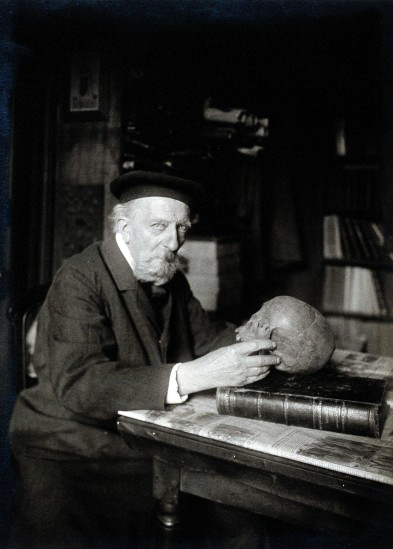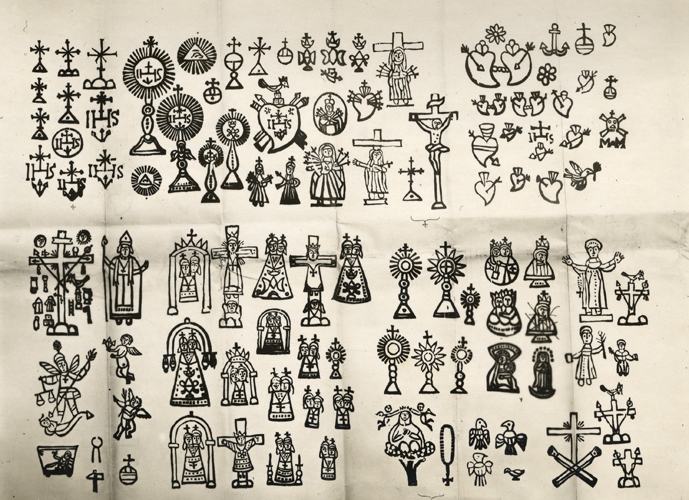Adrien de Mortillet
 |
| Photograph courtesy of The Wellcome Library, London |
Aged 19, Adrien travelled to Moscow in Russia, where he worked in a French perfume factory, and became a circus juggler and an aeronaut. Two years later he returned to France and completed five years of military service.
Adrien spent the next ten years of his life working with his father. He illustrated many of Gabriel de Mortillet’s books, including Le Préhistorique: Antiquité de L’Homme or The Prehistoric: Man’s Anquiquity, published in 1882.
In 1889 Adrien de Mortillet became a Lecturer at the School of Anthropology in Paris, and for the next forty-two years he taught comparative ethnology and technological ethnography. In 1903 he was appointed principal archaeologist on a scientific expedition to South America organized by the French government, and in 1929 he was made Chair of Prehistoric Anthropology.
Throughout this period, de Mortillet’s work focused on comparing prehistoric societies with existing tribal societies and cultures. He did this by studying the objects that he collected, from tools and weapons, to jewellery, clothing and ceramics.
In 1931, a few months before his death, de Mortillet sold his object collections. He ceded his collection of prehistoric objects to the Chinese government, and sold his large amulet collection to the Wellcome Museum in London. The collection was transferred to the Pitt Rivers Museum in 1985.
 The Pitt Rivers Museum only holds de Mortillet's amulet collections. Substantial ethnographic material remained in France at the Musée National des Artes et Traditions Populaires in Paris, now rebranded MuCEM (Musée des civilisations de l'Europe et de la Méditerranée) and relocated to Marseille. View photographs of the de Mortillet collection at MuCEM taken between 1918 and 1931.
The Pitt Rivers Museum only holds de Mortillet's amulet collections. Substantial ethnographic material remained in France at the Musée National des Artes et Traditions Populaires in Paris, now rebranded MuCEM (Musée des civilisations de l'Europe et de la Méditerranée) and relocated to Marseille. View photographs of the de Mortillet collection at MuCEM taken between 1918 and 1931.